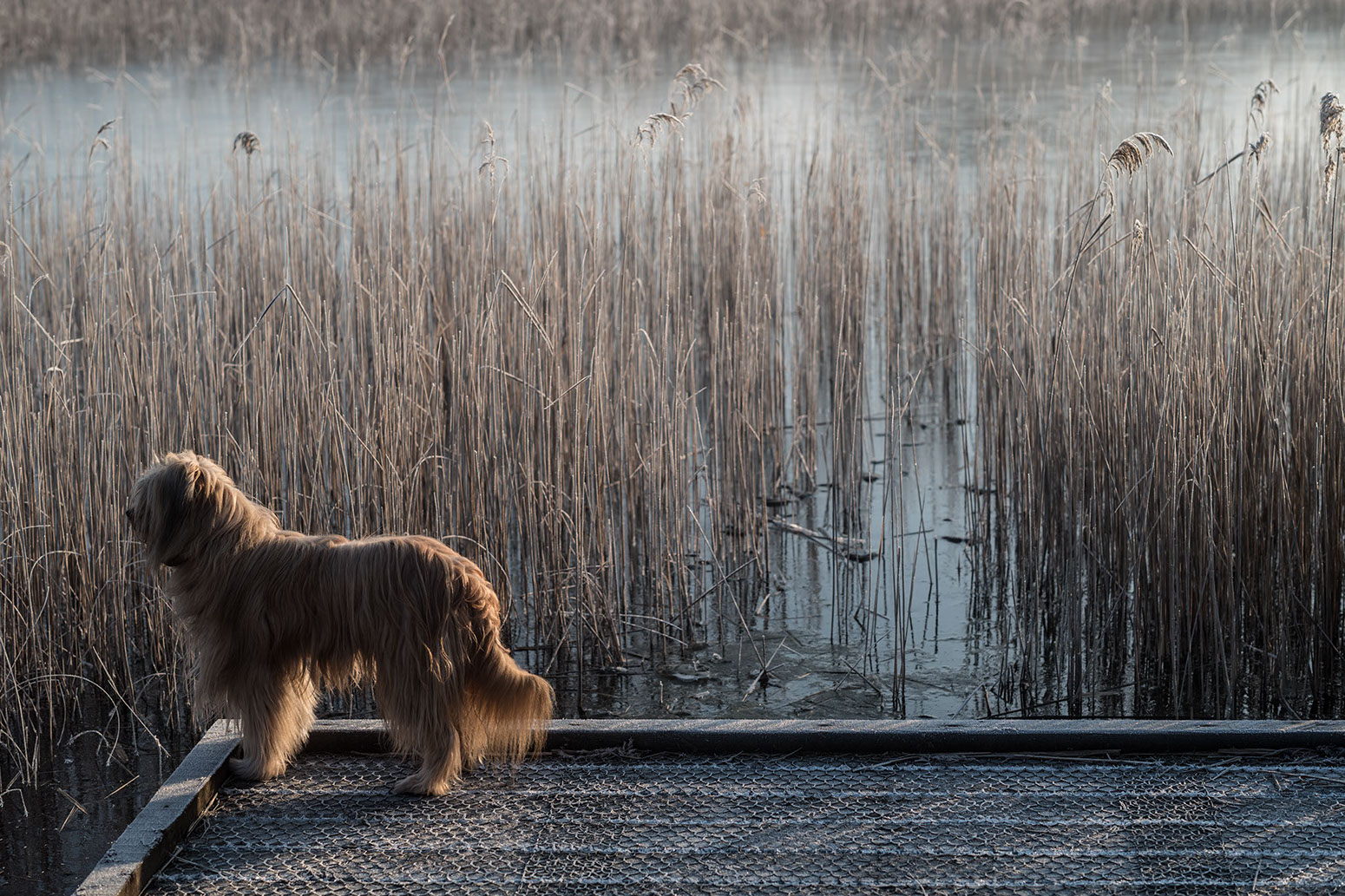
Leica 75 Noctilux M F1.25 Asph
Introduction
It’s always exciting receiving a new lens from Leica for testing. Unlike the camera bodies it is often a long time from prototype testing until the lens is introduced. I’ve had several versions of the 75 Noctilux over an 18 month period. It seems that one of the biggest challenges of lens development is to turn the perfect prototype into a perfect production lens.
I tested the most recent lens for about 3 months, it went back to Leica in February 2017. All the lenses seemed to behave perfectly from an optical point of view without a perceptible difference in quality, and although I’ve not spent any time with a production copy I imagine that they are very similar.
When looking at the images in this article it should be borne in mind that they have been shot with a prototype lens.
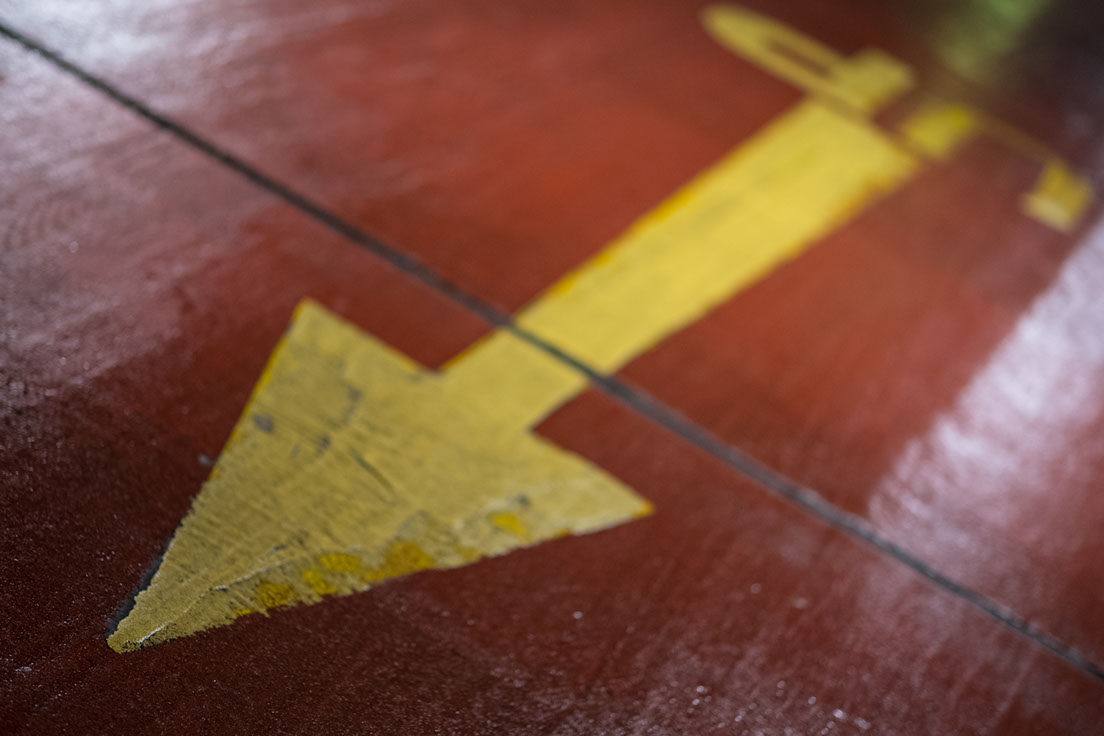
The Way Up
ISO 100 1/350th Leica M10
Fast Lenses
The original 50 Noctilux (f1.2) arrived in 1966 during a period when the major manufacturers were all racing to produce fast standard lenses. These lenses were powerful weapons in the photojournalists armament, principally because film speeds were so much slower than the ISO values available to digital photographers today.
The advances in the production of aspherical elements, higher quality glass and precision production technology has helped to produce better and faster lenses and these have usually been bigger and heavier as well.
It’s worth noting that, large as this lens certainly is, it’s around the same weight as the Zeiss Otus 55mm f1.4 and a bit lighter than the Ziess Otus 85mm f1.4 (1200 gm against 1055 gm for the Noctilux). The diameter at 90mm is roughly the same as the Otus lenses, but the Noctilux is considerably shorter at 101mm (the Otus 50 is 140mm long).
It could be argued that with the sensitivity of modern digital cameras (certainly a 4-stop advantage over film) that the need for fast lenses is over. However, the possibilities of shooting in very low light, and the attraction of very limited depth of field has increased the market for high quality wide aperture lenses.

It's a family affair
ISO 200 1/180th Leica M10
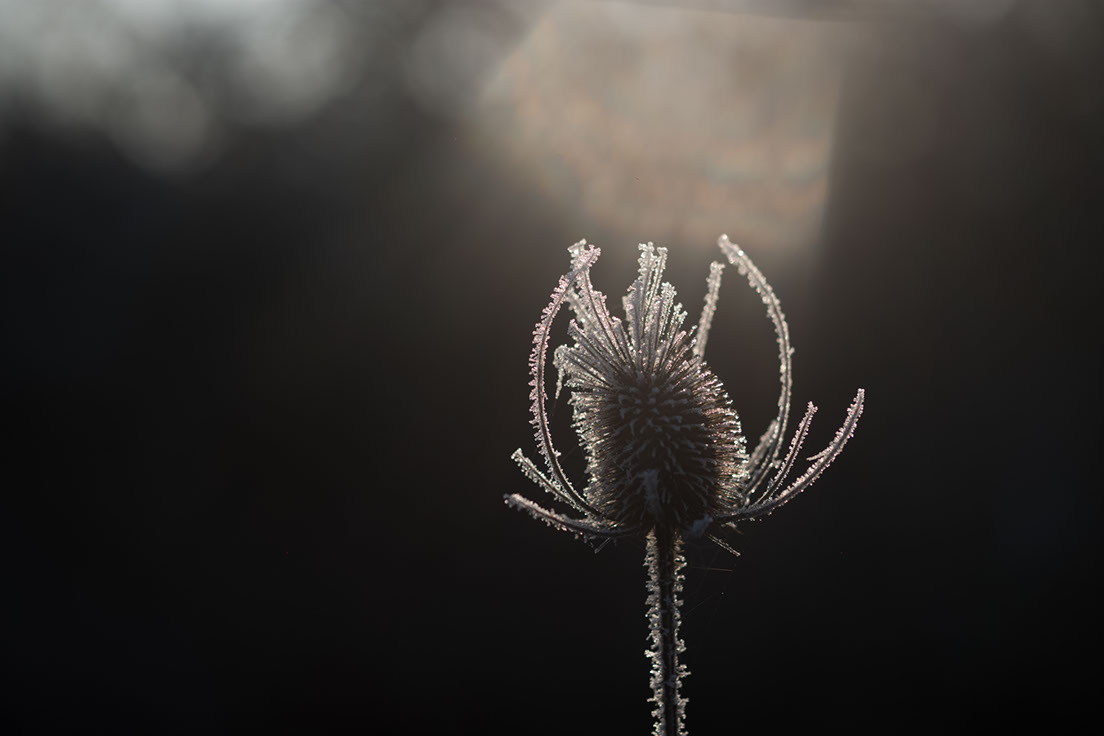
Iceburn
ISO 100 1/4000th Leica M10
The Noctilux 75 f1.25
It is a logical design development from a 50 mm lens to a 75mm. This is can be seen in the pairing of Walter Mandler’s 50 Summilux, and his much acclaimed 75 Summilux of 1980 (said to be his favorite lens). More recently Peter Karbe’s 50 mm Summilux Asph and the 75 mm APO Summicron (certainly my favorite lens). Similarly, the new 75 Noctilux is a design sibling of the Leica Noctilux f0.95.
The Maximum aperture of f1.25 is a function of the entrance pupil, the focal length and the 67mm front element. The lens has 2 aspherical elements, and the slightly smaller aperture and field of view (75 vs 50) both allow the 75 Noctilux to perform even better than the 50 Noctilux.
A group of 3 elements floating nearest to the camera eliminate the problem of focus shift, but also ensure that the lens can make better quality images at the shortest distance of 0.85m (the minimum focus distance of the 50 Noctilux f0.95 is 1metre)

Pick Up the Telephone
ISO 4000 1/125th Leica M10

Blue Train
ISO 100 1/180th Leica M10
Links
There are some interesting articles about the lens on the Leica website and blog:
Here is the website article:
https://uk.leica-camera.com/Photography/Leica-M/M-Lenses/Noctilux-M-75-f-1,25-ASPH (including a download of the technical data and MTF figures).
Here is a Blog post with an interview with Peter Karbe:
http://blog.leica-camera.com/2017/11/29/introducing-leica-noctilux-m-75mm-f1-25-asph/

Best Friends. Right?
ISO 200 1/125th Leica M10
Depth of field, bokeh and isolation
Recently I’ve seen quite a lot of criticism of very short depth of field as a concept, but very little criticism of images which use it as a device. Personally, I like to use it; it’s often useful to concentrate on details, and a limited depth of field and smooth bokeh helps with this.
The human eye is the ultimate expert at ‘focus stacking’, and most of the time we see everything in focus, from infinity to right up close. Shoot the 75 Noctilux wide open at a couple of meters and the in-focus area is limited to millimeters. It is another tool in the photographer’s bag, and the new Noctilux does it so very well; the roll off between sharp and out of focus areas is gentle, both in front of the point of focus and behind it. And then the in focus area is so very sharply in focus!
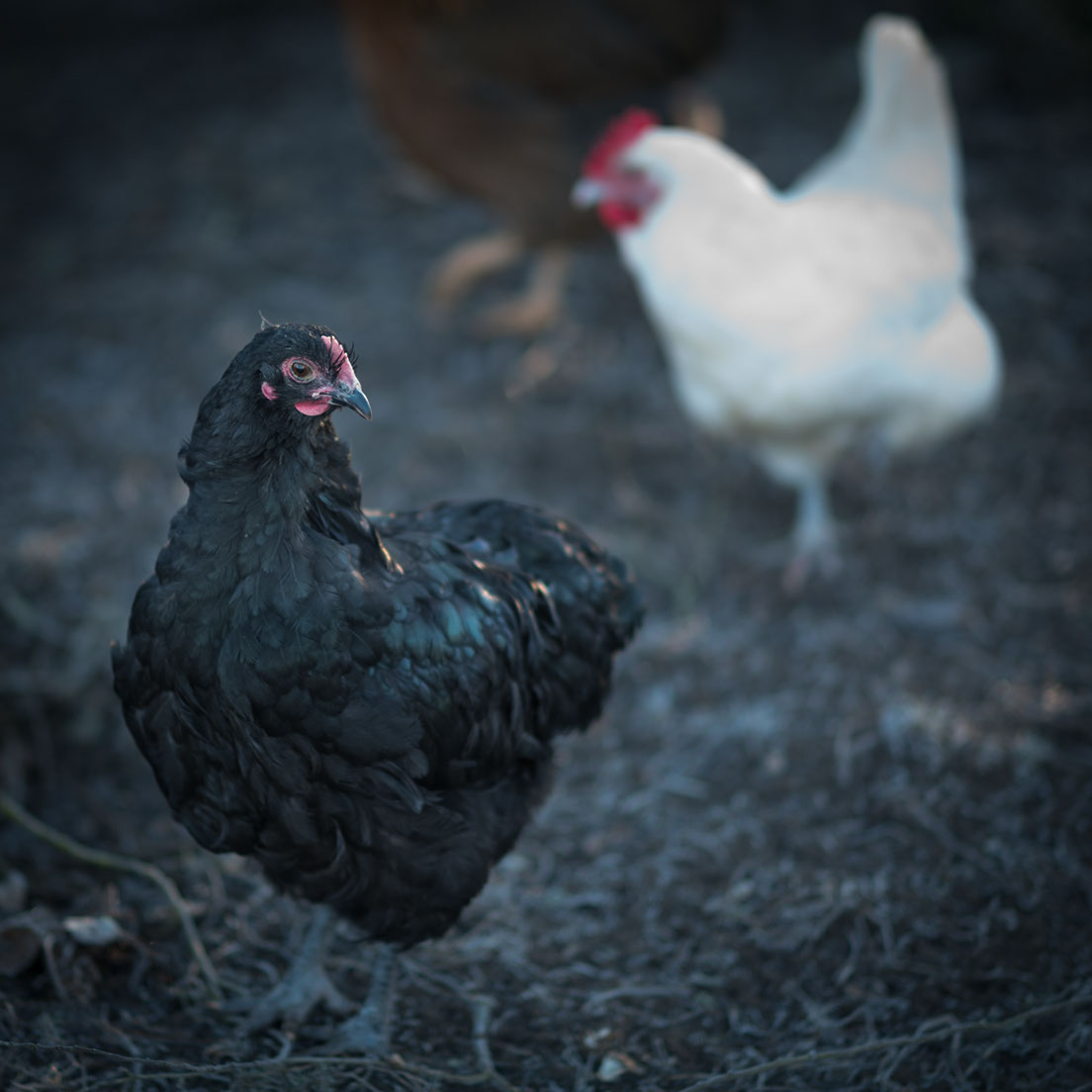
Dixie Chicken
ISO 200 1/125th Leica M10
Traditionally the classic portrait lens is the fast 85mm, but the 75mm has been my favorite for some time, modern high resolution sensors mean that it’s possible to crop, and fast lenses like this new Noctilux mean that you can control the depth of field very easily.
During my testing of the lens I was careful to look out for chromatic aberration (purple fringing) and flare, in both cases the lens performs really well, CA is kept to an absolute minimum (better than the 50 Noctilux in my experience) and flare seems to be well controlled as well.
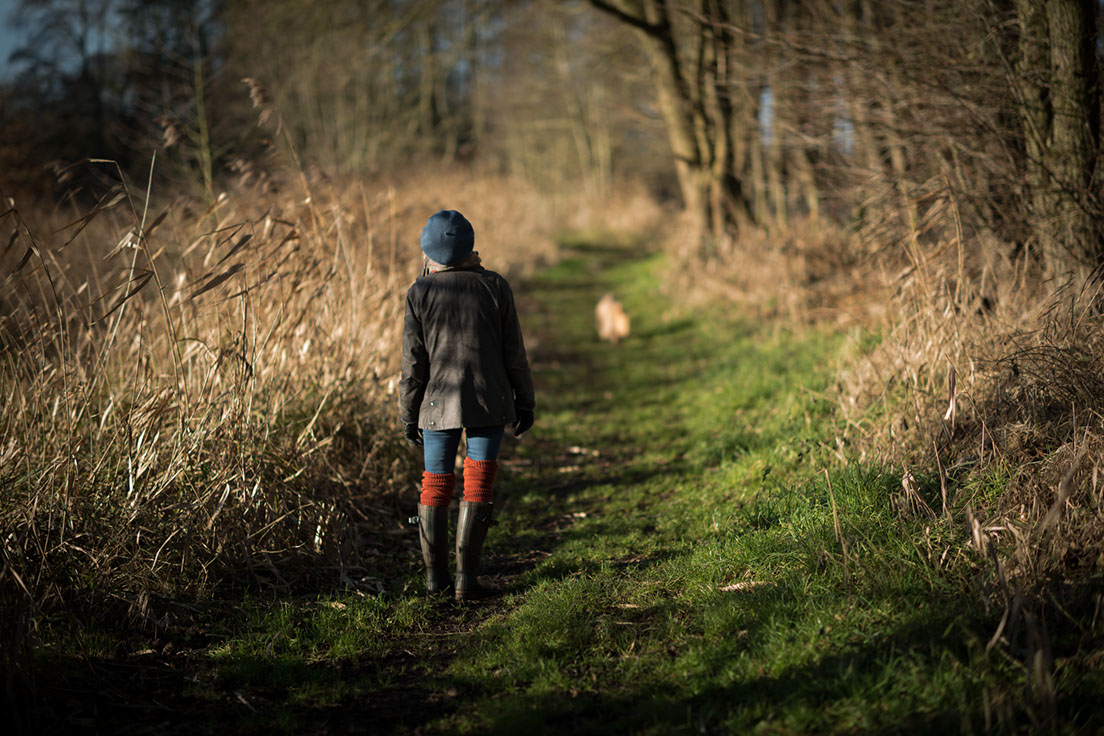
No Hidden Path
ISO 100 1/1500th Leica M10
This 75 and that 75
Whilst I was testing the Noctilux I made a detailed comparison between the new lens, the 75 APO Summicron and Mandler’s 75 f1.4 Summilux (thank you for the loan Cam Wilder). It was a fascinating comparison, especially in the light of the perceptions of the internet community, which seems to be that the 75 APO f2 is ‘clinical’ and the 75 Summilux is just wonderful.
From an objective point of view there seems to be a perfectly sensible development from the 75 Summilux through the 75 APO to the new Noctilux. The sharpness gets better (especially wide open), the roll off between in focus and out of focus improves, and the quality of the bokeh is softer and less busy. All of this doesn’t detract from the charms of the 75 f1.4 (I still love the ‘look’). From a technical point of view however the new Noctilux is a clear winner, and from an aesthetic point of view there absolutely no room for complaint.
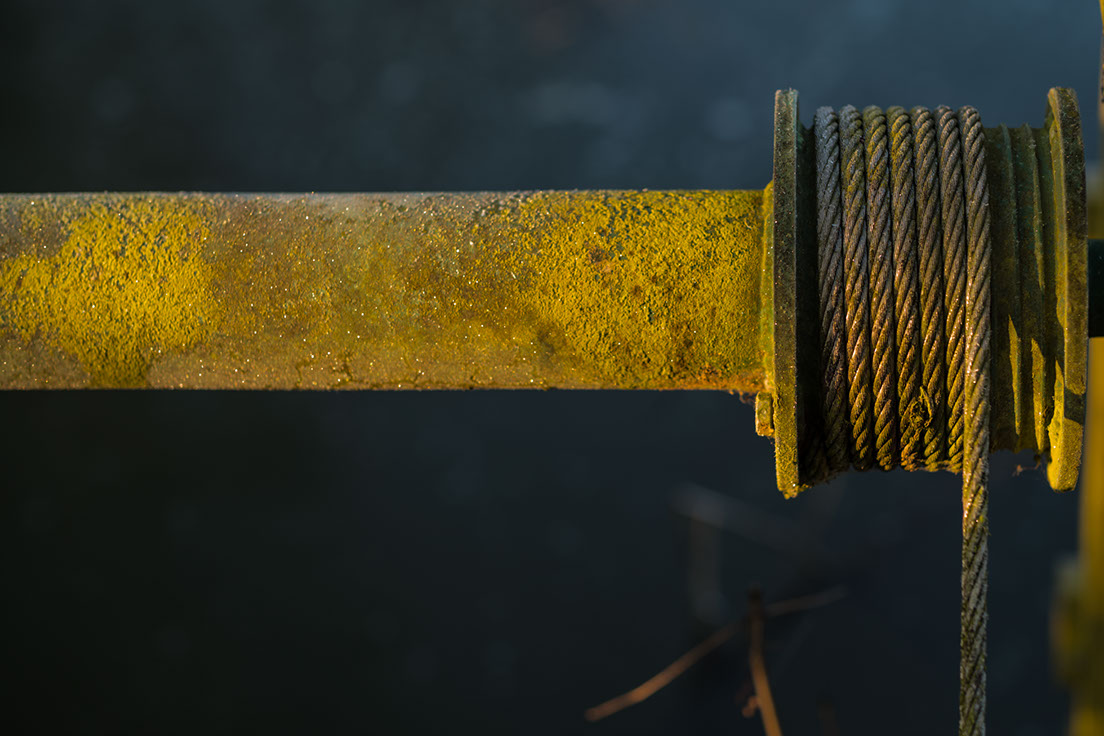
Yellow
ISO 100 1/125th Leica M10
Practicality and focusing
The 75 Noctilux is a heavy lens (just over a kilogram), but it’s relatively compact and handles well on an M10 body (and of course on the Leica Sl).
The existence of the Leica SL and the Visoflex EVF on the M10 have made the development of lenses like the new Noctilux more practical. The Leica articles do rather suggest that you should be using either the Visoflex on the M10 or the SL. However, I’ve found it relatively easy to focus with the excellent new rangefinder on the M10 (which is how the majority of pictures in this article have been taken). Of course, there are occasions when you might not nail focus wide open, but that doesn’t detract from the charm of the rendering (and it is charming).

This is the Picture (Excellent Birds)
ISO 500 1/250 Leica M10
Conclusion
Clearly this is a specialist lens, for an M lens it’s relatively large, expensive and heavy. Focusing it wide open on an M camera requires some practice (unless you use the EVF), on the SL the focusing is even more straightforward. Either way the rewards are obvious; resulting images are wonderfully sharp right from f1.25 and the out of focus areas are soft and subtle, both in front and behind the point of focus. Transition areas (often the weak point on very fast lenses) are gentle and well under control.
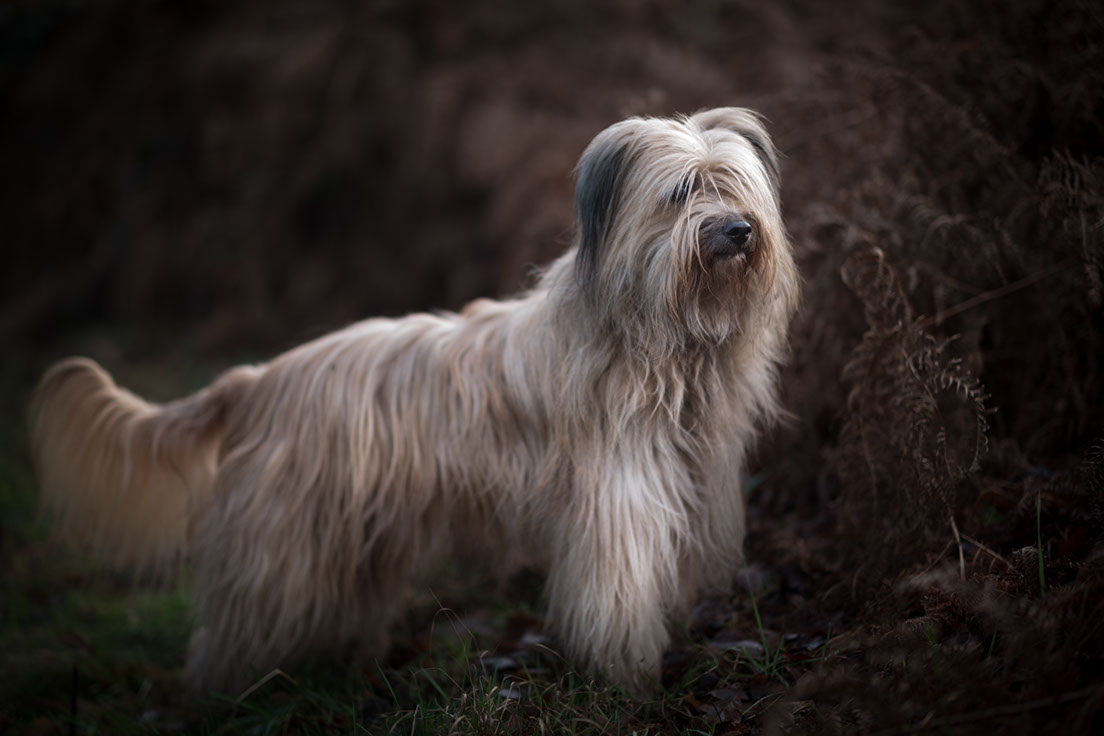
Dogsong 2
ISO 100 1/250 Leica M10
